Downtown Green Bay Before the Dismantling of Fort Howard.
Mid 19th-century plat map of Green Bay between the Fox and Duck Rivers during its nascent years.
The map is a mid-19th century copy of a pre-1825 plat map, as it shows the claim of J. C. Douseman, or John Douseman, who died in that year. The map shows the "Fort Howard Military Reserve" and the site of the old fort. Sections are shown on the map to the north, while to the south, the "Whitney Claim," "Claim of J.C. Douseman," and a "Vacant Strip" are shown. Several private residences are shown along the Duck River. A scale bar and compass declination are given.
The map shows a configuration of claims that differs from that which appeared on an 1829 plat map related to the founding of the Fort Howard Military Reserve, which also has a "public lands" strip where the "vacant strip" is present on this map. Interestingly, on that map, all claims south of the fort extend westwards to Duck River, which may have become the case after Douseman's death. Another map, issued by the government, shows claims further south than on the present map also extending to the Duck River but does not show overlapping detail with this map.
The map appears to be a copy made during a land dispute, as evidenced by the [Exhibit] "A" in the northeast of the map. Further, the map refers to the "Fort Howard Military Reserve" which appears to have existed between 1829 (see the above reference) and the 1863 demolishing of the Fort. The technique and linen are distinctly mid-18th century. We have been unable to find the original of this map or any other copy, rendering the cartography shown an apparently unique survival.
Fort Howard
Fort Howard was founded in August 1816 to protect local trade and help in colonize the local indigenous lands. In 1817, the second commandant of Fort Howard and Green Bay arrived, this was Zachary Taylor, a war hero and future president. Most of the settlement at the time was south of the Fort along the Fox River, a contemporary account notes that settlement started 12 miles above the Fort.
Starting in the mid-1820s, the military need for the fort declined, although it was the sight of refuge for women and children in the Black Hawk War of 1832. A road arrived that decade, which greatly spurred the growth of Green Bay. The garrison at the fort was disbanded for the last time in 1852 and the Reservation was sold and decommissioned in 1863.
Old U.S. Sawmill
The map shows the old U.S. sawmill, which is marked on the 1829 plat map mentioned above (further suggesting that this map is a later copy). This may be the Sawmill established by Judge John Arndt established c. 1827, although there were earlier sawmills as well, including ones erected by Whitney and Douseman. Arndt received permission from the local Menominee chiefs, and his operation rapidly grew into the dominant one in the area.
Daniel Whitney
Daniel Whitney, the owner of "Whitney's Claim" on the map, was one of the most important early entrepreneurs in the region. He arrived in Green Bay in 1819 and established mercantile activities, and traveled widely throughout the area, including to the source of the Fox River. In the late 1820s, he became involved in lumbering and later also built a sawmill. In 1829, Whitney developed land on the East Side of the Fox River, founding Navarino as a competitor to the town of Astor. The two competing towns merged in 1838.
John Douseman
John Douseman was the first American to live in Green Bay. He is perhaps most remembered as the husband to Rosalie Douseman, whom he married in 1808 when he was 22 and she was 12. The couple moved to Green Bay in 1810, shortly before the start of the War of 1812. When he went to go serve in the war, Rosalie stayed behind, and their child was nearly killed during a raid by Menominee people. They were about to kill the child as a replacement for John, but when Rosalie hid the child in a cistern, they left.
The Dousemans left Green Bay for an extended period, but returned to their land in 1824, shortly before John's death. Following John's death, Rosalie became deeply involved in the church and played a significant role in the drive to Christianize the Menominee people. Her efforts were recognized by the Pope, who bestowed on her his personal rosary.









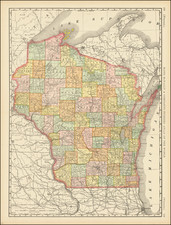
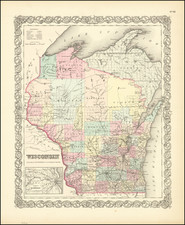
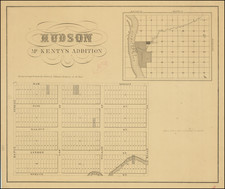
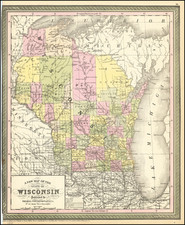
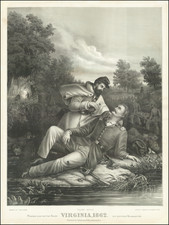
![[ Superior, Wisconsin ] The Next Great City Watch Us Grow Superior](https://storage.googleapis.com/raremaps/img/small/99914.jpg)